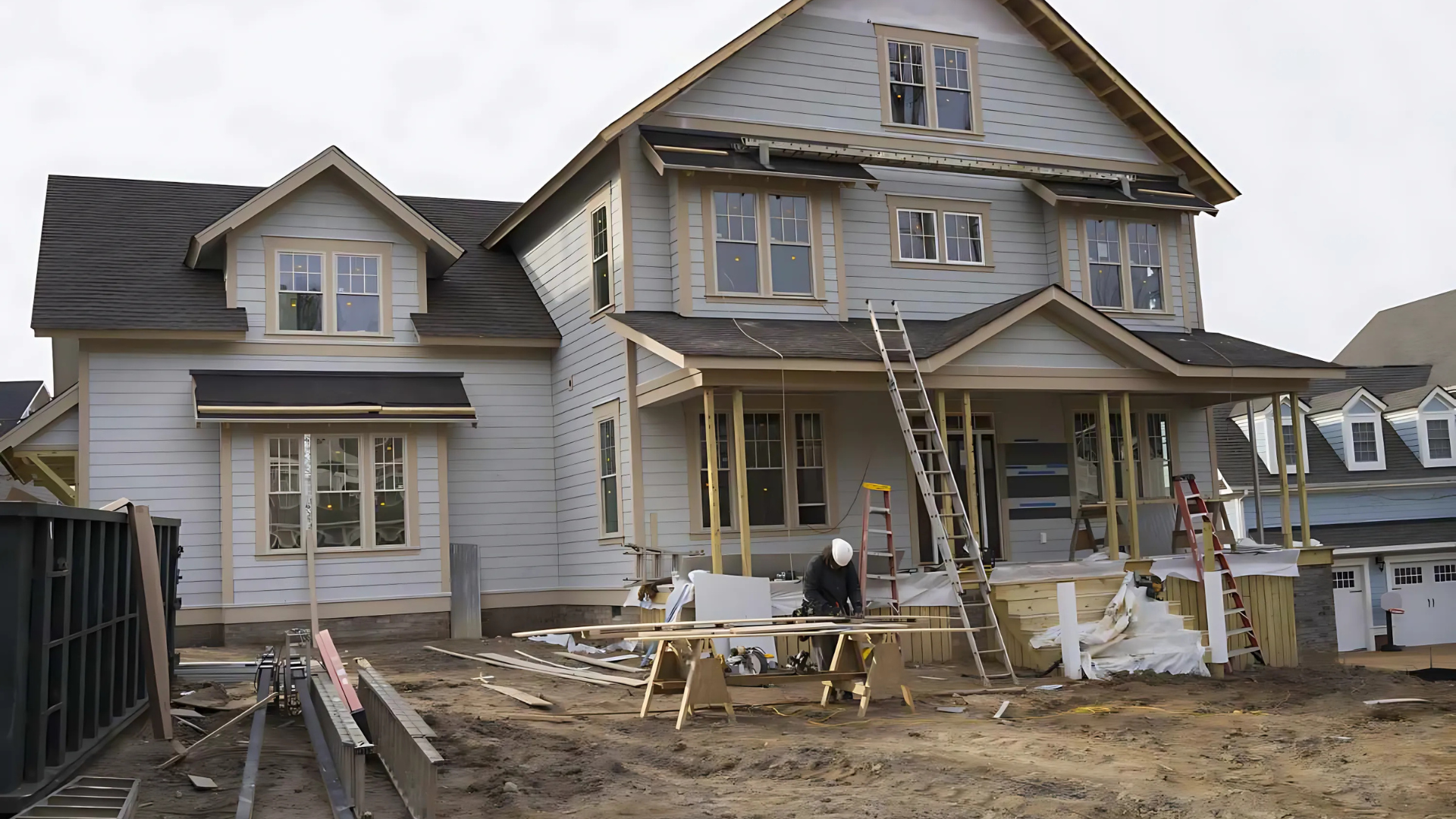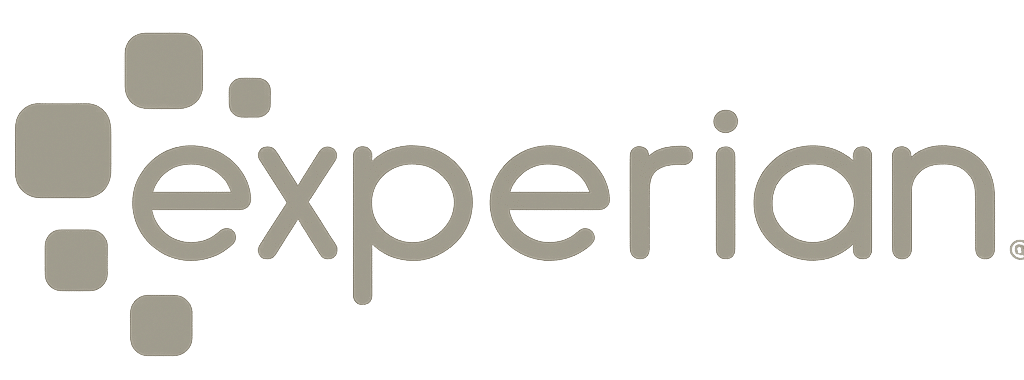Raising kids on your own isn’t easy, and the financial stress can feel overwhelming. From rent and groceries to childcare and school costs, it’s hard to make ends meet.
The good news is that there are many programs that offer financial aid for single moms, giving you the support you need right now and in the long run.
In this blog, you’ll find help with housing, food, childcare, education, and get tips on how to apply, save time, and combine different programs for the best results.
Loans, Grants, and Assistance Programs
Single moms often hear about financial aid, but it can be confusing to know which type is best.
- Loans: Money you borrow and repay with interest. Approval depends on credit and income.
- Grants: Free money that doesn’t need to be repaid, often for school, housing, or basic needs.
- Assistance programs: Ongoing help with food, housing, healthcare, childcare, or utilities, based on family size and income.
Choosing the right mix depends on your situation and goals.
Government Grants & Financial Assistance

These are federally or state-funded programs that help cover essential living costs. They are often the first step since most do not require repayment.
1. TANF (Temporary Assistance for Needy Families)
TANF provides short-term cash aid to help single mothers and low-income families meet basic living costs like rent, food, clothing, and utilities.
It also offers job preparation, training, and childcare support to encourage long-term independence. The amount and duration of aid depend on your state, but the goal is to give families immediate financial relief while helping parents move toward steady employment.
Eligibility:
- Children required: Must have dependent children under 18 (or 19 if still in school).
- Income limits: Must meet state-specific income and asset limits.
- Residency: Must be a U.S. citizen or eligible non-citizen and live in the state where you apply.
- Participation requirements: Adults must take part in work-related activities like job training, searches, or employment.
2. SNAP (Supplemental Nutrition Assistance Program)
SNAP provides monthly food benefits loaded onto an EBT card, which works like a debit card at grocery stores and farmers’ markets. Benefits can be used for most food items, including fresh produce, meats, dairy, and bread.
This program is a critical safety net for families who struggle to keep food on the table, ensuring children and parents get the nutrition they need for health and growth.
Eligibility:
- Income limits: Household income must be within federal and state guidelines.
- Residency: Must be a U.S. citizen or eligible non-citizen and a resident of the applying state.
- Work requirements: Able-bodied adults without dependents may need to meet work or training obligations.
3. WIC (Women, Infants, and Children)
WIC is designed to support mothers and young children by providing healthy food, nutrition counseling, and healthcare referrals.
Benefits usually include vouchers or an EBT card for specific items like milk, baby formula, eggs, cereal, fruits, and vegetables.
WIC also provides breastfeeding support and regular health check-ins, making it both a food and health program for vulnerable families.
Eligibility:
- Category: Pregnant, postpartum, or breastfeeding women; infants; or children under 5.
- Income limits: Household income must be at or below 185% of the federal poverty level.
- Residency: Must live in the state where you apply.
- Health status: A health professional must determine a nutritional or medical risk.
4. Medicaid & CHIP
Medicaid is a federal and state partnership program offering free or low-cost health insurance. It covers doctor visits, hospital stays, prescriptions, and preventive care.
CHIP (Children’s Health Insurance Program) expands coverage to children in families who earn too much for Medicaid but still can’t afford private insurance.
Together, these programs ensure children and parents can access medical care without the stress of unaffordable bills.
Eligibility:
- Income limits: Household income must meet state and federal limits.
- Residency: Must be a U.S. citizen or eligible non-citizen and a resident of the applying state.
- Category: Includes children, parents or caretakers, pregnant women, elderly adults, and people with disabilities.
5. LIHEAP (Low-Income Home Energy Assistance Program)
LIHEAP helps families manage high energy bills, especially during extreme weather months. It can pay for heating in the winter, cooling in the summer, or even energy-efficient home repairs like insulation and furnace upgrades.
Payments usually go directly to utility companies on your behalf, preventing shut-offs and ensuring your home stays livable and safe. Some states also offer emergency crisis assistance through LIHEAP.
Eligibility:
- Income limits: Household income must fall within state and federal guidelines.
- Residency: Must be a resident of the state where you apply.
- Priority: Preference is often given to households with young children, elderly adults, or individuals with disabilities.
6. Housing Vouchers (Section 8)
The Section 8 Housing Choice Voucher program helps families afford safe, decent housing in the private rental market.
With a voucher, you pay a portion of the rent (usually 30% of your income), and the program pays the rest directly to your landlord.
This gives families flexibility to choose housing in safe neighborhoods with better schools and job access, rather than being limited to low-income housing projects.
Eligibility:
- Income limits: Household income must be at or below 50% of the area median income (priority at 30% or below).
- Residency: Must be a U.S. citizen or eligible non-citizen and live in the applying jurisdiction.
- Background check: Applicants must pass screening and meet local housing authority requirements.
Education Grants & Scholarships

Education can create long-term stability, and these programs help single mothers cover tuition, childcare, and related school expenses.
1. Pell Grants & FSEOG
Pell Grants are federal funds given to low-income students to pay for college or career school. They do not need to be repaid.
The Federal Supplemental Educational Opportunity Grant (FSEOG) provides extra funds for students with the greatest financial need, often awarded through your school’s financial aid office.
Eligibility:
- Financial need: Must demonstrate need based on FAFSA results.
- Education level: Must be an undergraduate student without a bachelor’s degree.
- Program enrollment: Must be enrolled in or accepted into an eligible college or career program.
- Citizenship: Must be a U.S. citizen or eligible non-citizen.
2. State Financial Aid Programs
State Financial Aid programs offer their own grants and scholarships to single parents, helping cover tuition, textbooks, childcare, or even transportation costs. These programs vary by state but often add extra support on top of federal aid.
Eligibility:
- Residency: Must be a legal resident of the state offering the aid.
- Enrollment: Enrolled or accepted in an accredited college, university, or vocational program within the same state.
- Parenting Status: Must be a single parent or primary caregiver of dependent children.
- Academic Progress: Must maintain satisfactory academic performance as defined by the institution or state agency.
3. Private Scholarships
Private organizations and nonprofits provide scholarships specifically for single moms. Groups like Helping Hands for Single Moms and the Jeannette Rankin Foundation not only cover tuition but may also provide childcare support, laptops, or mentoring to help balance parenting and school.
Eligibility:
- Parent status: Must be a single parent pursuing higher education or training.
- Financial need: Proof of financial need is often required.
- Program enrollment: Must be enrolled in an accredited college, trade school, or training program.
- Additional criteria: Some scholarships have age or location restrictions (for example, the Jeannette Rankin Foundation supports women aged 35+).
Housing & Homeownership Programs

Safe housing is a foundation for stability. Single moms can access rental assistance as well as affordable pathways to homeownership through federal and state programs.
1. FHA Loans
FHA loans are mortgages insured by the Federal Housing Administration, designed for first-time or low-to-moderate-income buyers.
They require lower down payments (as low as 3.5%) and have more flexible credit score requirements, making them accessible to single mothers who might not qualify for conventional loans.
Eligibility:
- Credit score: Minimum of 580 for a 3.5% down payment, or 500–579 with 10% down.
- Income and debt: Must show steady income and meet FHA debt-to-income ratio limits.
- Property use: The home must be your primary residence and meet FHA safety and inspection standards.
- Citizenship: Must be a U.S. citizen or eligible non-citizen with a valid Social Security number.
2. USDA Loans
USDA Loans are backed by the U.S. Department of Agriculture and offer affordable homeownership options in rural and some suburban areas.
They require no down payment and have low interest rates, making them one of the most cost-friendly options for single moms in eligible areas.
Eligibility:
- Location: The property must be located in a USDA-approved rural or suburban area.
- Income limits: Household income must be at or below 115% of the area median income.
- Primary residence: The home must be used as your main residence.
- Citizenship: Must be a U.S. citizen or eligible non-citizen.
State-by-State Financial Support
Each state runs its own financial aid and assistance programs for single moms, building on federal benefits. Below are examples from the most populous states:
| State | Key Programs & Resources | Website |
|---|---|---|
| California | CalWORKs cash aid, CalFresh (food benefits), California Housing Finance Agency (CalHFA) homebuyer programs | ca.gov |
| Texas | Texas TANF, SNAP, Texas Department of Housing, Single Family Programs (loans and aid) | tdhca.texas.gov |
| Florida | Temporary Cash Assistance (TCA), Florida SNAP, Florida Housing Finance Corporation | floridajobs.org |
| New York | Family Assistance, SNAP, HomeFirst Down Payment Assistance Program (NYC Housing) | ny.gov |
| Pennsylvania | TANF, SNAP, LIHEAP, and Pennsylvania Housing Finance Agency homebuyer programs | pa.gov |
| Illinois | TANF, SNAP, Illinois Housing Development Authority (IHDA) Down Payment Assistance | illinois.gov |
| Ohio | Ohio Works First (cash aid), SNAP, Ohio Housing Finance Agency (OHFA) homebuyer help | ohio.gov |
| Georgia | TANF, Georgia SNAP, Georgia Dream Homeownership Program | georgia.gov |
| North Carolina | Work First Family Assistance, NC SNAP, NC Housing Finance Agency home loan programs | nc.gov |
| Michigan | Family Independence Program (cash aid), SNAP, Michigan State Housing Development Authority (MSHDA) | michigan.gov |
Community & Non-Profit Resources
Beyond government programs, many community organizations and nonprofits step in to support single moms with real, everyday needs.
- Salvation Army and Parents Without Partners: Offer food assistance, parenting support networks, and community resources for single moms.
- GoFundMe and similar platforms: Provide a way to raise emergency funds quickly with help from friends, family, and local supporters.
- Local charities and church-based programs: Often assist with rent, utility bills, clothing, and even holiday support for families in need.
These community resources are usually more flexible and easier to access than large government programs, offering faster relief during difficult times.
How to Apply: Step-by-Step Guide
Applying for financial aid can feel overwhelming, but breaking it down into steps makes the process more manageable. Here’s a simple way to help you get started:
Step 1: Gather Required Documents
Collect essentials like a photo ID, proof of income, children’s birth certificates, and school enrollment records. Keep both paper and digital copies in one folder to stay organized and avoid delays.
Step 2: Check Eligibility
Review each program’s income limits, family size requirements, and residency rules. Many programs have online eligibility tools to save time and confirm you qualify before applying.
Step 3: Choose Where to Apply
Most programs allow online, in-person, or mail-in applications. Online options are faster, but in-person visits let you ask questions. If mailing, use tracking to confirm delivery.
Step 4: Submit Your Application
Double-check forms for accuracy and attach all required documents. Keep copies for your records. Accurate and complete applications reduce the risk of delays.
Step 5: Track Your Timeline
Processing times vary, so note key dates and follow up if needed. Many programs let you check your application status online or by phone.
Step 6: Tips for Faster Approval
Apply early since funds can run out quickly. Make sure documents are current, and respond promptly to any requests for more information.
Staying organized and proactive through each step helps you avoid delays and improves your chances of getting approved faster.
Coclusion
Finding the right support can feel overwhelming, but knowing where to look makes all the difference.
This blog showed you the many ways financial aid for single moms can cover urgent needs like food, housing, and childcare while also opening doors to education and long-term stability.
Take a moment to think about which programs fit your situation best and start with one step today – whether that’s applying for childcare help, a grant, or housing support.
Remember, combining resources can make life a little easier and give you more breathing room. If you’re ready to keep building stability for your family, apply now on the listed sites, and be a little stress-free.
Frequently Asked Questions
Can single moms qualify for free childcare while they are in school or training programs?
Yes, many states offer subsidized or free childcare programs for single moms enrolled in school, job training, or work programs.
How long does it usually take to get approved for financial aid programs for single moms?
Approval times vary depending on the program. Emergency aid, like food banks or utility assistance, may help within days, while government programs like housing vouchers or education grants can take several weeks to process.
Can single moms receive multiple types of aid at the same time, such as housing support and education grants?
Yes, single moms can combine different programs to cover more needs. For example, you might receive housing assistance while also using Pell Grants or state scholarships for school.









